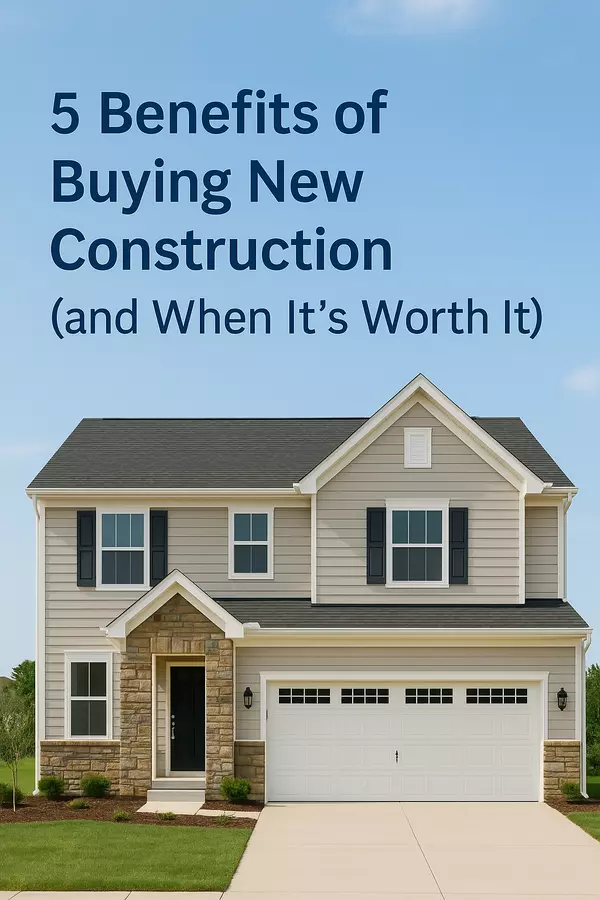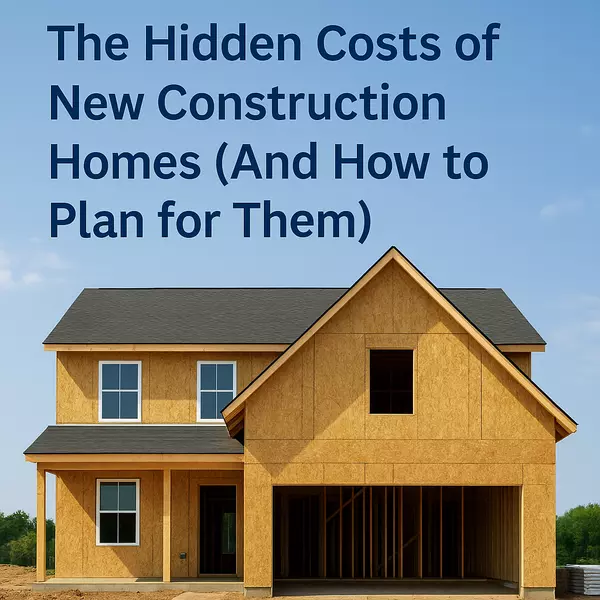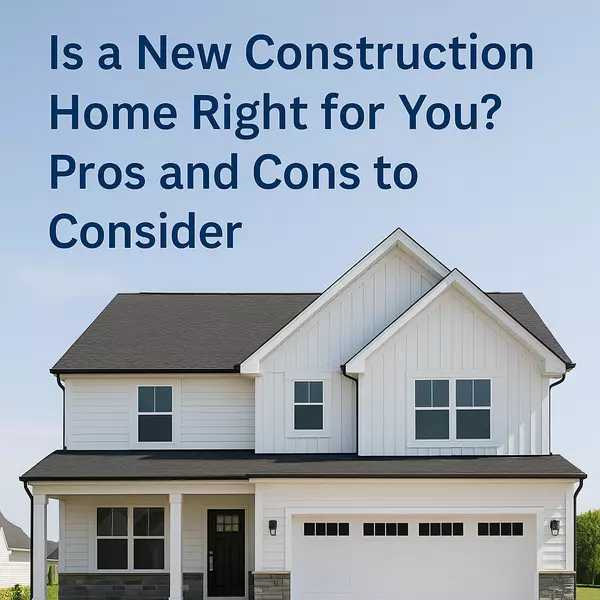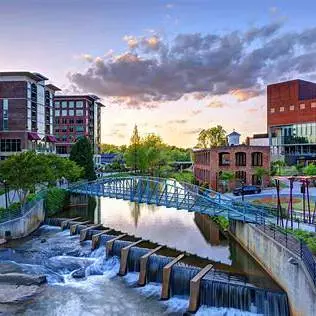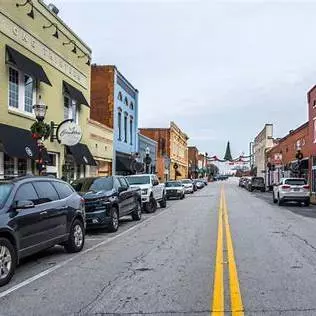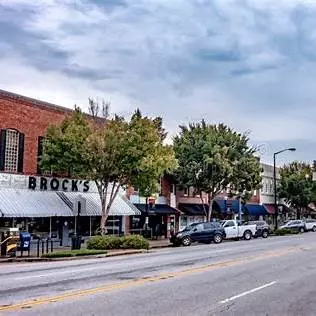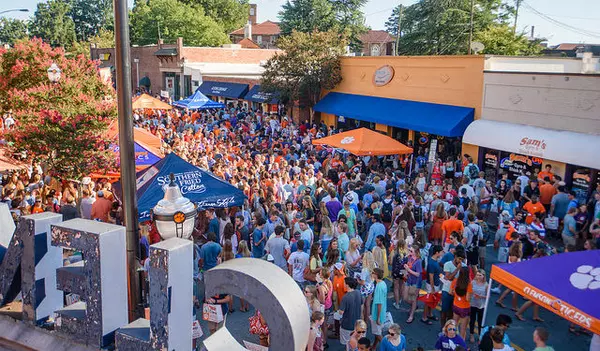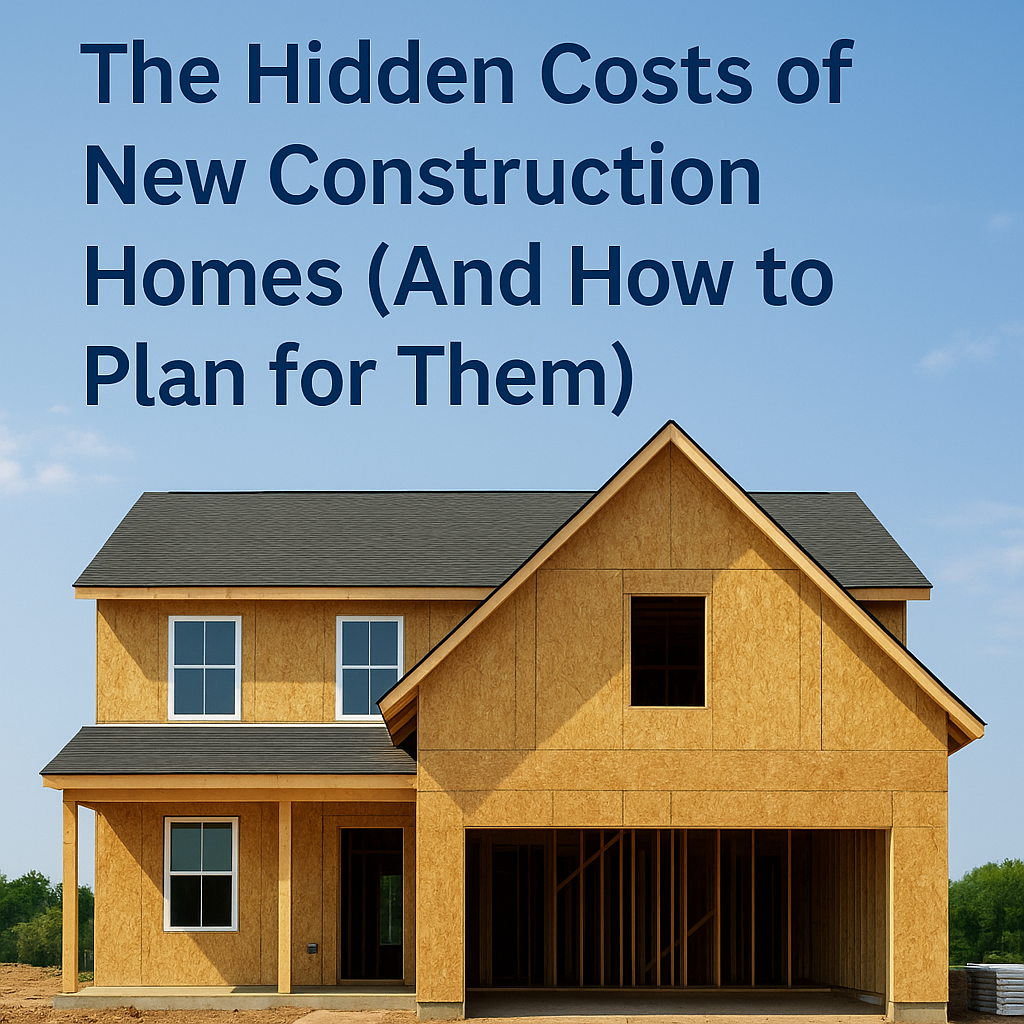The Hidden Costs of New Construction Homes (And How to Plan for Them)
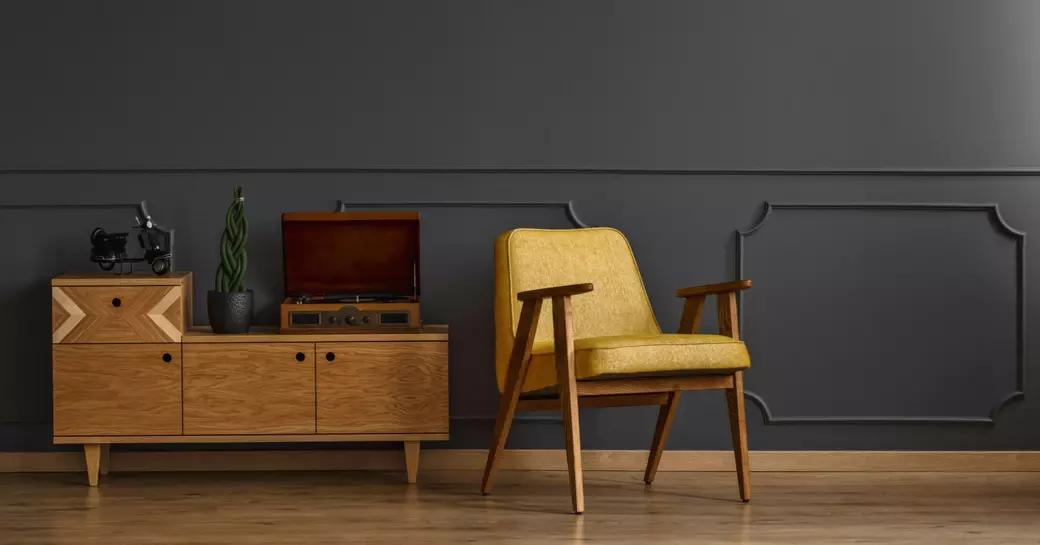
Introduction
There’s nothing quite like the smell of fresh paint, the shine of untouched floors, and the comfort of knowing no one else has ever lived in your home. New construction homes offer exciting opportunities to personalize your space and enjoy modern amenities from the start. But if you’re only budgeting based on the builder’s base price, you might be in for a surprise.
The truth is, new doesn’t always mean simple—or cheap. From lot premiums and upgrade packages to essential items like blinds and landscaping, the costs of building a new home can stack up fast. In this blog, we’ll break down the hidden expenses that come with new construction and share tips to help you stay on budget and in control.
1. The Base Price Is Just the Beginning
When you see a sign that says “Homes from the $300s,” it’s easy to get excited. But that number reflects the base model—often stripped of features you’ll find in the builder’s model home. Think of the base price like the bare bones: no upgraded countertops, flooring, lighting, or even appliances.
Common Base Price Exclusions:
-
Upgraded cabinetry or backsplash
-
Stainless steel or smart appliances
-
Premium flooring (like hardwood or luxury vinyl plank)
-
Designer lighting fixtures
-
Additional electrical outlets or can lights
Even structural features like an extra bedroom, patio extension, or larger shower might cost extra. You’ll need to budget for both cosmetic and functional upgrades to get the home you want.
Budget Tip:
Ask for a detailed list of what’s included in the base price—and what isn’t. Compare it to what you saw in the model home.
2. Lot Premiums: Location Comes at a Price
Many builders charge more for lots with desirable features like cul-de-sacs, larger yards, or views of green space or water. These “lot premiums” can range from a few thousand dollars to tens of thousands depending on the community.
Factors That Increase Lot Cost:
-
Corner lots
-
Extra yard space
-
Proximity to amenities
-
Scenic views or water access
In hot markets like Easley or Anderson, desirable lots go fast and drive prices higher.
Budget Tip:
Factor the lot premium into your overall price from the beginning. A $10,000 premium may seem small spread over a mortgage—but it adds up fast if you’re upgrading elsewhere too.
3. Builder Upgrades & Design Center Costs
Once you sign a contract, you’ll likely visit the builder’s design center to select finishes and upgrades. This is where many buyers face sticker shock.
Typical Upgrade Areas:
-
Kitchen (backsplash, counters, cabinets)
-
Flooring (tile, carpet padding, hardwood)
-
Bathroom fixtures and tile
-
Smart home features
-
Electrical options (outlets, lights, ceiling fans)
Even little things—like choosing oil-rubbed bronze instead of chrome—can come with a price tag.
Budget Tip:
Set a firm budget before going to the design center. Prioritize upgrades that are expensive to change later (like flooring and cabinetry), and skip things that are easy to swap out later (like faucets and lighting).
4. Essential Items Not Always Included
Many buyers assume that things like blinds, refrigerators, garage door openers, and landscaping are part of a move-in ready home. That’s often not the case.
Items Commonly Excluded:
-
Window coverings or blinds
-
Washer/dryer and refrigerator
-
Ceiling fans
-
Garage door openers
-
Fencing or irrigation systems
-
Finished landscaping or sod
You may need to buy and install these right after closing—which can cost $5,000 to $15,000+ depending on what’s missing.
Budget Tip:
Ask your builder for a “What’s Not Included” checklist. Shop around for packages in advance and set aside funds for these essential move-in costs.
5. Closing Costs & Builder Incentives
Some builders offer closing cost assistance—but only if you use their preferred lender or title company. This can be helpful, but it may also limit your options or lock you into a higher rate.
And even if you get help with closing costs, you’ll still have to budget for:
-
Prepaid property taxes and insurance
-
HOA initiation fees
-
Transfer taxes or recording fees
-
Loan origination charges (if not covered)
Budget Tip:
Always compare loan estimates—even when using the builder’s lender. Ask your agent or lender to review the fine print and see if you’re really saving.
6. Time = Money: Delays and Living Expenses
If your build is delayed, you might be stuck paying for temporary housing, storage, or even dual mortgages. These unexpected living costs can throw off even the most careful budgets.
What Delays Might Cost:
-
Extended rent or hotel stays
-
Additional moving or storage fees
-
Temporary utility setup or deposits
-
Missed rate locks (causing a more expensive mortgage)
Budget Tip:
Build a time cushion into your planning. If your builder estimates 6 months, prepare for 8. Lock your rate later in the process if possible, and have a backup housing plan.
7. HOA Fees & Community Assessments
New construction homes in planned communities usually come with HOA fees. These can cover community amenities, exterior maintenance, and common area landscaping—but they’re an ongoing monthly or annual cost.
Other Possible Fees:
-
HOA initiation fee (1x cost at closing)
-
Capital improvement assessments
-
Future amenity upgrades or repairs
Budget Tip:
Review the HOA documents and ask what’s included—and what future assessments are possible. If the pool, clubhouse, or walking trails aren’t finished yet, you could face fees down the road.
8. Post-Closing Fixes and Adjustments
Even in a brand-new home, things can go wrong. You might need to repaint, fix cracks in settling drywall, or regrade a yard that collects water.
And while builder warranties cover structural issues, they often exclude:
-
Cosmetic repairs after 30–90 days
-
Pest treatments
-
Homeowner-caused wear and tear
Budget Tip:
Set aside a home maintenance fund—even if everything is new. Plan for about 1% of your home’s value annually for upkeep and small repairs.
9. Permits, Surveys, and Custom Features
If you add custom elements after the builder’s process—like a patio, firepit, shed, or fence—you may need to apply for HOA approval and pull city or county permits. Some buyers are surprised by permit costs and contractor labor fees after closing.
Examples:
-
Survey for fencing: $400–$700
-
Permit fees: $100–$500+
-
Labor: $50–$100/hour depending on task
Budget Tip:
Plan ahead for any outdoor features you want to add in the first year. Consider bundling fencing or patio work into the initial loan if allowed.
How to Prepare for the True Cost of New Construction
Buying a new construction home can be one of the most exciting chapters in your life—but only if you go into it fully informed and financially prepared. While builders do offer fantastic incentives and modern features, the final price tag can look very different from what you see on the initial listing.
Key Reminders:
-
Base prices don’t include most upgrades
-
Budget 10–20% over the base price for total costs
-
Read all documents carefully and work closely with your Realtor
With careful planning, clear communication, and the right team by your side, you can enjoy the process of building your dream home without financial stress or surprises. Remember: a beautiful home is worth the wait, but a well-planned home is worth the peace of mind.
Categories
Recent Posts

